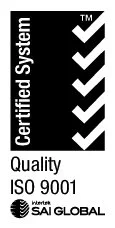Connect. Discover. Cure.
We are a network of scientists and clinicians providing phage therapy.
Professionalising phage therapy as the third major intervention for infectious diseases.
50+
Patients treated
75+
Investigators and Partners
Agriculture and aquaculture crop protection
21+
Treatment Sites
Comprehensive phage collection
Phage Australia Network facilitate access to phages within this network
Registered strains
Phage Australia Network facilitate access to bacteria strains within this network

Phage therapy has long been available for everyone and no one at the same time. We’re changing this.
Phage therapy has been used for over a century however it’s not an established therapy in modern medicine. Why? Because clinical trials aren’t set up for personalised therapeutics. Unlike other drugs, using the same phages on everyone doesn’t work.
Until now, we’ve had two options:
Use the same phages on everyone, compare outcomes (traditional clinical trial)
Use phages personalised to each patient’s needs (compassionate use)
What if we didn’t have to choose? What if we treated and monitored everyone the same way, but each person got their own phages?
With your help, we can amass the data we need to get phage therapy approved as a medicine in Australia.
Phage Australia - a division of the Westmead Institute has been registered
by INTERTEK SAI Global as conforming to the requirements of
ISO 9001:2015


